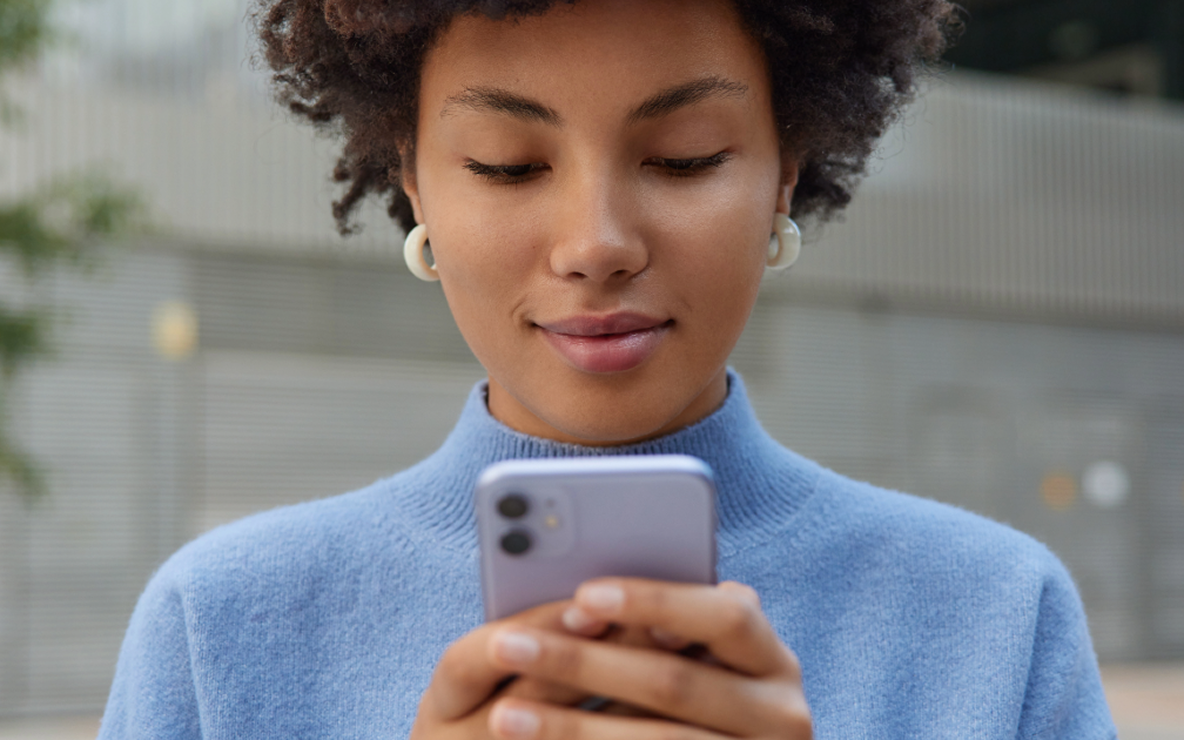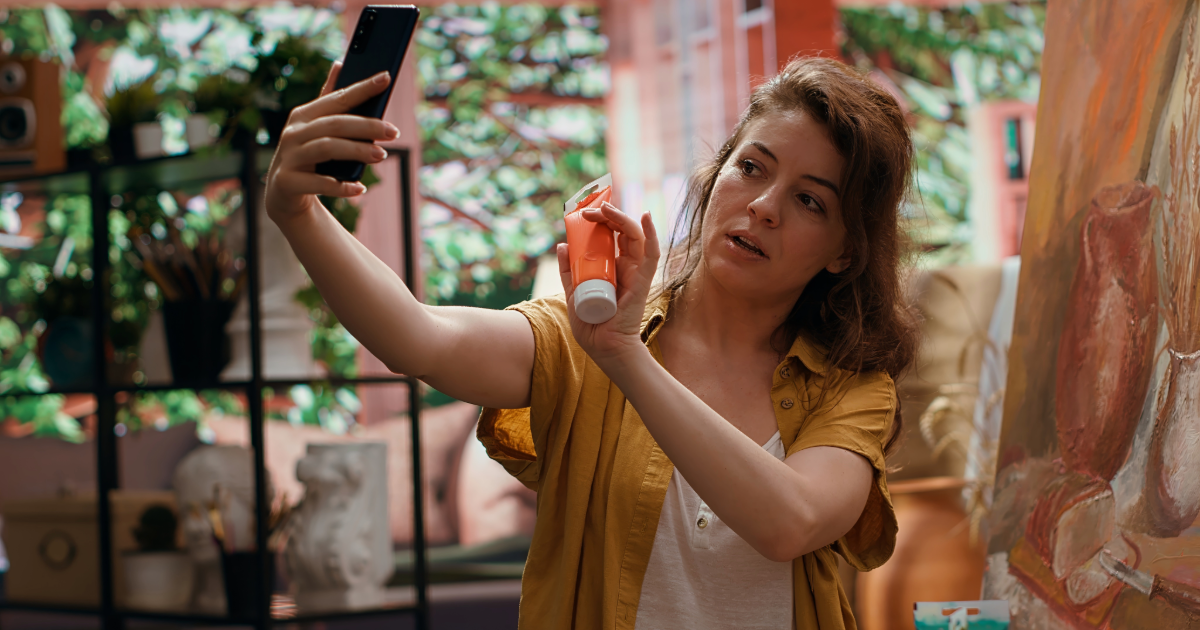


Digital advertising is one of the fastest ways to get in front of potential customers. But there’s a divide between campaigns that generate sales and campaigns that burn money. Many businesses abandon social media advertising, claiming it "doesn't work." However, the reality is straightforward: their ads were simply not designed for success.
At Hierographx, we’ve seen both sides as a marketing agency. We've managed accounts that previously wasted thousands of dollars without results, and we've also developed campaigns that doubled conversion rates on the same budget. The issue isn't the platform itself. When used strategically, Facebook boosting can be highly effective for both local and national businesses. The key distinction lies in whether you're thoughtlessly boosting or carefully promoting content already optimized for performance.

Many businesses mistakenly treat social media advertisements as billboards. They publish a post, boost it and believe that visibility translates to results. However, impressions alone don't generate revenue. Without a defined target audience, a compelling message and a clear call to action, ads become lost in social media feeds, yielding only superficial metrics.
Understanding your specific audience and their motivations is key to successful advertising conversions. Conversely, advertising based on assumptions inevitably leads to wasted expenditure and ineffective results. Many ads also fail by directing traffic to unoptimized homepages or presenting unappealing offers.
Facebook boosting works, but not every single post needs to be boosted. Boosting is powerful because it allows you to take content that’s already performing organically and expand its reach to a targeted audience. When used properly, it’s one of the smartest entry points into paid social media advertising.
The key is to boost strategically. That means identifying posts that generate genuine engagement and pairing them with the right targeting. Instead of throwing money at random content, you’re amplifying what’s proven to resonate. This approach turns Facebook’s algorithm into an ally, pushing your strongest content in front of the right eyes.
Good ads aren’t about reaching the most people. They’re about reaching the right people at the right time. Facebook’s targeting tools let you narrow down by demographics, behaviors and location, so you’re not wasting money on audiences that will never buy from you.
The difference between an ad that works and one that wastes money is intent. A well-targeted boosted post speaks directly to a problem your customer is trying to solve. It shows up when they’re ready to act. It directs them to a landing page designed for conversions, not distractions. Wasted ads, on the other hand, try to talk to everyone and end up convincing no one.

Boosting a post is not the final objective; it's a crucial stage within a larger marketing funnel. Successful businesses integrate boosted posts into comprehensive campaigns. This involves coordinating them with remarketing efforts, utilizing them to evaluate creative content before expanding into full ad sets, and linking them to relevant offers.
When boosting is used this way, it becomes one of the most cost-effective tools in digital marketing. You’re not spending thousands to guess what works. You’re investing small amounts to prove what resonates, then scaling that knowledge into larger campaigns.
While there's a constant pull to opt for minimal spending, broad targeting and generic content, cheap ads almost always end up being more expensive. They attract few, if any, low-quality clicks on audiences unlikely to convert. Even worse, they foster the misconception that "Facebook ads don't work," alienating businesses from a highly effective sales channel.
Strategic boosting may require more thought, but it’s still accessible for small businesses. We’ve helped clients achieve measurable growth with modest ad spend simply by making each dollar work harder. That’s the difference between ads that work and ads that waste money.
📈 Start with the posts your audience already engages with. If it works organically, it can work even better boosted.
🎯 Tighten your targeting. Focus on location, demographics and behaviors that match your customers.
💡 Test small. Boost with modest budgets first, then scale up on content that delivers conversions.
🔗 Maximize your ad spend by directing users to a dedicated landing page designed for conversion. Sending traffic to a general homepage destroys the traction you gained.
Yes. Boosting lets you test content without huge budgets. When done strategically, it’s one of the best ways for small businesses to compete.
It depends on your audience size and goals. We often recommend starting small, $25 to $30, and scaling based on performance.
Ideally, yes. A targeted landing page converts better than a homepage because it removes distractions and keeps the focus on your offer.
Boosting is simpler and great for amplifying specific content. Full campaigns involve advanced targeting, A/B testing and multiple ad sets. The best strategies often use both.
Look beyond likes and impressions. Track conversions, lead forms, calls and revenue. If the ad doesn’t generate action, it’s wasting money.
